Search Images
Browse Content (p. 447)
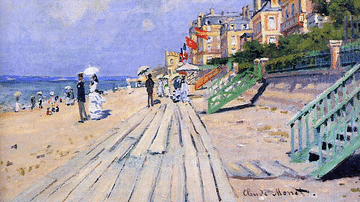
Image
The Beach at Trouville by Monet
An 1870 oil on canvas, The Beach at Trouville, by Claude Monet (1840-1926), the French impressionist painter. Trouville in Normandy was a popular and fashionable resort. The work shows the artist's developing impressionist style and the particles...
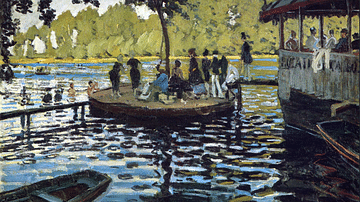
Image
La Grenouilère by Monet
An 1869 oil on canvas, La Grenouilère (aka Bathers at La Grenouilière), by Claude Monet (1840-1926), the French impressionist painter. A popular weekend spot on the Seine, Monet worked here with Pierre-Auguste Renoir (1841-1919). The floating...
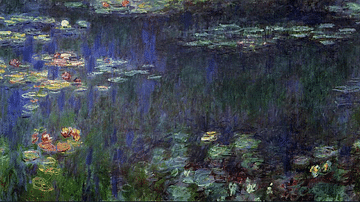
Image
Water Lilies, Green Reflection by Monet
A 1914 oil on canvas painting, Water Lilies, Green Reflection, by Claude Monet (1840-1926), the French impressionist painter. Painted in the artist's garden at Giverny and his purpose-built lily pond. Part of a massive series of works in...
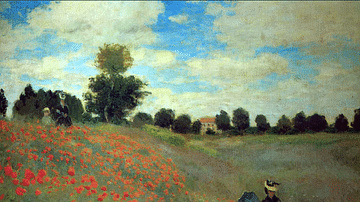
Image
Poppy Field near Argenteuil by Monet
An 1873 oil on canvas portrait, Poppy Field near Argenteuil, by Claude Monet (1840-1926), the French impressionist painter. The models are Monet's wife Camille and son Jean, who appear twice in the picture. This work was chosen by the artist...
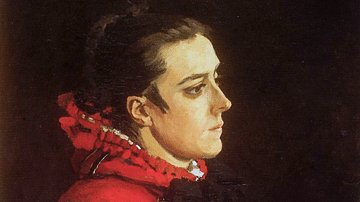
Image
Camille with a Small Dog by Monet
Camille with a Small Dog, oil on canvas by the French impressionist painter Claude Monet (1840-1926), 1866. Camille was Monet's first wife. The strong colours against a black background show the influence of Spanish painters. Buhrle Collection...
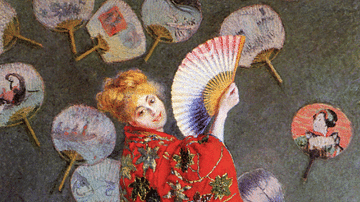
Image
La Japonaise by Monet
An 1876 oil on canvas portrait, La Japonaise, by Claude Monet (1840-1926), the French impressionist painter. The model was Monet's wife Camille wearing a blond wig. Criticised by the artists' friends and by Monet himself in later life, the...

Image
Cliff Walk at Pourville by Monet
An 1882 oil on canvas, Cliff Walk at Pourville, by Claude Monet (1840-1926), the French impressionist painter. Painted in Normandy near the small fishing village of Pourville, the figures are likely two daughters of Alice Hoschedé who would...
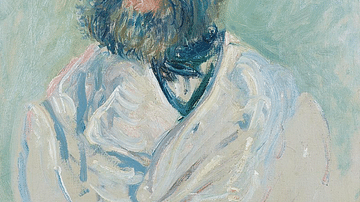
Image
The Chef by Monet
An 1882 oil on canvas portrait, The Chef (aka Monsieur Paul), by Claude Monet (1840-1926), the French impressionist painter. Known as "Père Paul", the chef worked in a restaurant in Pourville in Normandy and owned the hotel where Monet stayed...
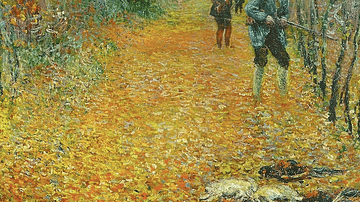
Image
The Hunt by Monet
An 1876 oil on canvas, The Hunt, by Claude Monet (1840-1926), the French impressionist painter. In a usual subject for the artist, the cleared path of the forest leads to a patch of light just off-centre, which, in turn, leads the viewer's...
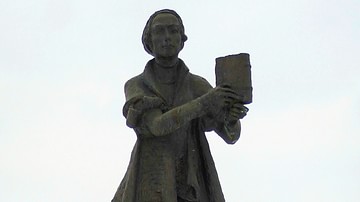
Image
Statue of Argula von Grumbach
Statue of Argula von Grumbach (l. 1490 to c. 1564), Bavarian theologian and writer, by Mihai Buculei in Beratzhausen.